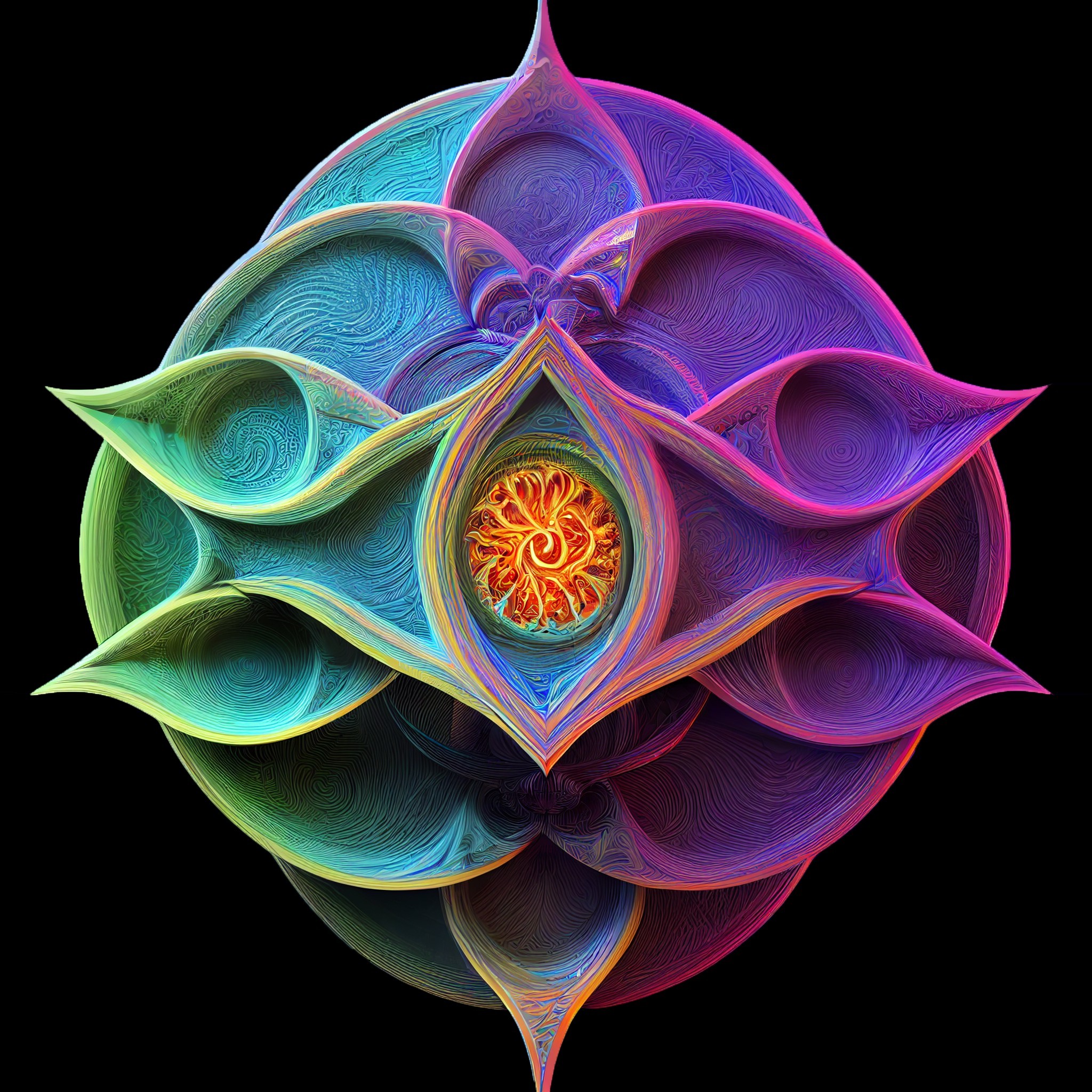As VJs, our world is often one of real-time reaction. We listen, we analyze, we sync our visuals to the beat. Our tools are built for speed, for live performance, for responding to the energy of a track right now.
But what about the other side of our craft? The pre-production, the content creation, the times we build a complete audio-visual piece from scratch. When you're creating a projection mapping sequence, an installation piece, or a signature video loop, you need more than just reaction. You need control. You need to craft the audio with the same intention as you craft your pixels.
This is where a different kind of tool comes in. It's not for your live set, but it might be the key to your next creative project. Meet SoundThread.
What is SoundThread, in VJ Terms?
SoundThread is a visual, node-based playground for manipulating sound. If you've ever used a node-based visual environment like TouchDesigner, VVVV, or Notch, you will immediately understand the workflow. Instead of connecting nodes to affect pixels, you connect them to fundamentally transform audio files.
As the developer puts it, SoundThread is a "cross-platform user interface for The Composers Desktop Project (CDP)." CDP is a legendary suite of over 500 command-line tools for deep, experimental sound design. Think of CDP as a massive library of audio effects and processors, and SoundThread as the clean, intuitive visual interface that lets you patch them together in infinite combinations.
It’s not a real-time tool. You don’t feed it a live audio stream. Instead, you load a sound file (a WAV sample, a field recording, a synth stem) and build a "Thread" of processes to create something entirely new.
Why Should a VJ Care?
Okay, so it's not for live audio-reactivity. Why should it be in your software toolkit?
1. Create Custom Audio for Your Visuals
This is the big one. Instead of searching for royalty-free music that kinda fits your visual loop, you can create the perfect soundscape yourself.
- Glitchy Textures: Have you designed a glitchy, datamoshed visual? Use SoundThread to process a simple sound file into a stuttering, distorted texture that perfectly matches.
- Evolving Drones: Creating a slow, atmospheric visual piece for an art installation? Use SoundThread to stretch, blur, and filter sounds into a drone that evolves with your visuals.
- Musique Concrète for Video: The tool is designed in the tradition of musique concrète—crafting music from recorded sounds. Record the sound of rain, a coffee shop, or static, and use SoundThread to build a complex, rhythmic piece to score your next video project.
2. A Familiar Workflow: Nodes!
The node-based system is a natural fit for visually-minded artists. The logic is the same: start with a source, apply a series of effects and modulations, and get a final output. You can create parallel processing chains, mix outputs, and save your complex "Threads" to use again later. This familiar workflow lowers the barrier to entry for sound design significantly.
3. A Powerful Idea Generator
Stuck in a creative rut? Flip your workflow. Instead of making visuals and finding audio, start in SoundThread. Create a bizarre, unique sound and ask yourself, "What would this look like?" Use the audio as a creative brief for your next visual experiment.
How to Get Started
SoundThread is currently in Beta, but it's very stable and powerful. Here's what the README tells us:
- It's a Two-Part Installation: You need to download SoundThread from the Releases page AND the CDP tools that it controls, which can be downloaded here.
- Follow the Guides: The project provides video installation instructions to make the setup process smooth.
- Start Simple: Load a WAV file, connect a few processing nodes, and render the output. Drop that new audio file into your video editor or VJ software and see how it feels alongside your content. The app even has built-in tutorials to get you going.
The Final Word
SoundThread isn't a replacement for your real-time FFT analyzer. It's an invitation to go deeper. It’s a tool for VJs who want to become complete audio-visual artists, taking full control of the sound and the picture.
By stepping away from the demands of real-time and embracing the world of sound design, you can create more cohesive, intentional, and unique work. Give it a try on your next project—you might be surprised by what you create.





Discussion (0)